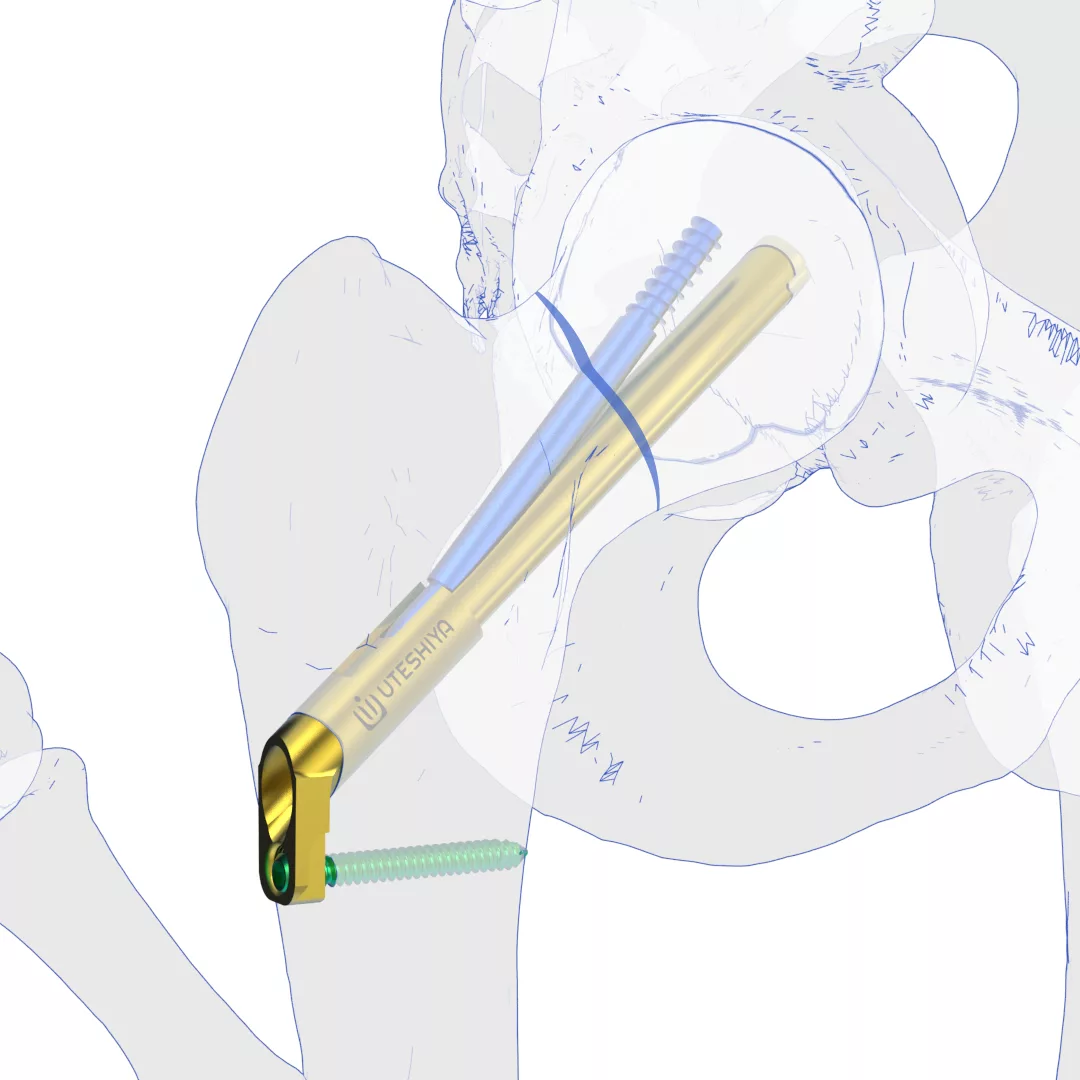 Injury or disease involving the musculoskeletal system, specifically the bones, joints, ligaments, tendons, and muscles, is called orthopedic trauma. These accidents falls sports-related occurrences, or other high-impact events frequently lead to these injuries.
Injury or disease involving the musculoskeletal system, specifically the bones, joints, ligaments, tendons, and muscles, is called orthopedic trauma. These accidents falls sports-related occurrences, or other high-impact events frequently lead to these injuries.
What Is Orthopedic Trauma?
Orthopedic trauma involves wounds to the bones and supporting structures that cause pain and functional limitations. Minor fractures to complex fractures, dislocations, ligament rips, and severe soft tissue injuries can all result from these injuries.
Common Reasons for Orthopedic Trauma
The causes of orthopedic trauma are a lot. Among the most common reasons are:
Accidents and Falls
Sports Injuries
Work-related Injuries
Aging and Osteoporosis
Treatments of Orthopedic Trauma
Orthopedic trauma treatment tries to recover the affected area’s stability and function. Depending on the kind and extent of the injury, there are a variety of potential therapies, such as,
Immobilization
Immobilization with casts, splints, or braces may promote proper bone healing for less severe injuries.
Fixation And Reduction
Reducing fractures requiring realignment includes moving the bones back into the proper alignment, which is how alignment-required fractures are handled. During the healing phase, fixation techniques may hold the bones together, including screws, plates, and rods.
External Fixation
External devices like pins, cables, or frames occasionally attach to the bones to give stability and speed healing.
Rehabilitation
Recovery is greatly helped by physical therapy and rehabilitation. Specific exercises and techniques help regain the afflicted area’s strength, flexibility, and functionality.
Types of Orthopedic Trauma Implants
Orthopedic trauma implants are tools used to support and stabilize broken bones while they heal. The location, kind, and complexity of the fracture are just a few of the variables that affect the implant’s decision. Typical orthopedic trauma implants include the following,
Screws And Plates
These are frequently used to join broken bones together and stabilize fractures. Typically, plates are attached to the outside of the bone, and screws hold the fragments in place.
Intramedullary Rods
These implants are put into the center hollow of long bones to offer stability and support during the healing process.
External Fixators
These devices include inserting pins or cables through the skin into the bone. The pins are next linked to an outside frame to hold the bone fragments in place.
Internal Nails
Intramedullary nails are placed into the medullary canal of long bones, similarly to how rods are. They help to stabilize the body internally and enable early patient movement.
Bone Grafts
Bone grafts may be utilized when there has been severe bone loss or when a fracture is not healing. These grafts can be made of synthetic materials, a donor’s organ, the patient’s own body (auto-graft), or both. They aid in bone regeneration and repair.
It’s important to remember that the selection of the implant depends on the requirements of the particular patient as well as the unique aspects of the fracture. Before choosing the best implant, orthopedic surgeons examine the patient’s overall health, bone quality, and fracture pattern.
Conclusion
Orthopedic injuries may seriously impact a person’s functionality and daily life. But with the proper diagnosis, prompt treatment, and rehabilitation, people frequently make a full recovery. Orthopedic trauma therapies concentrate on regaining the stability and functionality of the injured area, sometimes with the use of different implants.
FAQs
What are the treatment options for orthopedic trauma injuries?
Treatment options for orthopedic trauma injuries may include immobilization with casts or splints, reduction, and fixation using implants such as plates, screws, or rods, external fixation with pins or frames, and rehabilitation through physical therapy.
What are the most common types of orthopedic trauma implants used in surgery?
The most common types of orthopedic trauma implants used in surgery include plates and screws, intramedullary rods and nails, external fixators, and bone grafts.
How long do orthopedic trauma implants typically last before needing to be replaced?
The lifespan of orthopedic trauma implants can vary depending on various factors, such as the type of implant, the patient’s activity level, and the specific injury. Some implants may remain in place indefinitely, while others may need to be removed or replaced after the fracture has healed and stability is restored. Your trauma implant manufacturer can provide more specific information based on your individual case.

